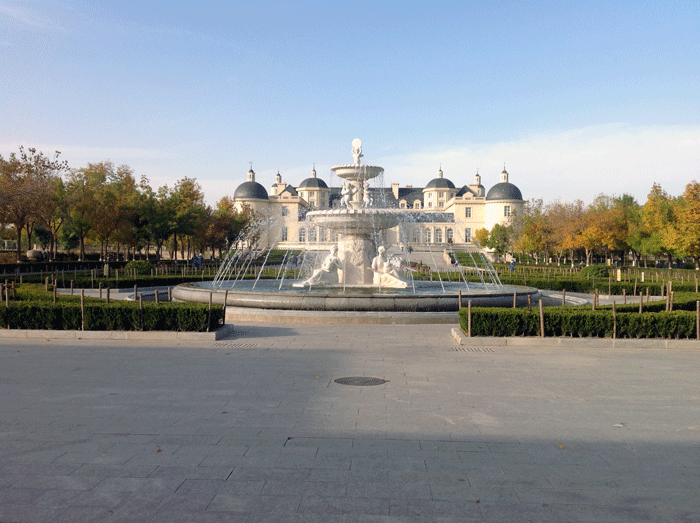Eastern ambition
Author: Jasper Morris MW
I was agog to see the countryside of central China from the air, once we had escaped from the more humid and polluted atmosphere of the eastern seaboard. As we began to descend towards Yinchuan, capital of the autonomous province of Ningxia, the arid khaki brown landscape reminded me of flying over the mid-west of America in high summer, with occasional settlements and irrigated crop circles providing the only relief in an otherwise desolate setting. A significant crop of wind turbines looked as if they just needed a sprinkling of rain to be transformed into ferocious warriors like the dragon’s teeth of ancient legend.
But whatever the picture from the air, it is never quite as desolate when viewed from the land. The absence of any significant rain throughout the year means that this region survives on irrigation from the Yellow River. Indeed the soil in the area is effectively silt and sand from the riverbed, suitably yellow in colour. There is a Chinese proverb, ‘when the yellow river runs clear’, akin to our ‘when pigs fly’.
It hardly ever rains here: perhaps 200 millimetres per year. Given that Helan Mountain provides the border between Ningxia and Inner Mongolia, it is no surprise to find a strongly continental climate with hot sunny summers and severely cold winters.
Though we are well over 1,000 metres above sea-level here, the vineyards are situated on the flat fertile plateau of the upper reaches of the Yellow River. This elevation and the continental climate allow for 3,000 hours of sunshine in the growing season, with harvesting in October shortly before the first frosts. There seems to be just enough hang time to ripen the grapes but with current viticultural practices, it is a close run thing.
Production is almost entirely red, reflecting the major interest of Chinese wine consumers, and predominantly Bordelais, with Cabernet Sauvignon and Merlot joined by what turns out to be Carménère in the guise of Cabernet Gernischt.
The classic viticultural strategy here is for vertical shoot trellising forming a thinnish straggling canopy reaching nearly two metres. In winter, after pruning, the vines are laid flat and the sandy soil which has been piled in between the wide spaced rows is spread to cover the vines through the long cold winter. This is labour intensive and probably reduces the life of the vine as a percentage do not survive. It is also very difficult to do in those locations where there is a much greater percentage of stones in the otherwise sandy soil.
During the summer the vineyards are flooded from time to time to provide the essential water supply, not the subtle drip irrigation practised in easier climates. Yields tend to be high, which shows in the less well-managed operations where wines can be dilute and with a noticeable green streak. The significant diurnal swing between the heat of the day and the cool of the night is beneficial to quality, and the lack of humidity is good protection against disease, though some of the vine stock, especially Cabernet Gernischt, is apparently infected by virus which may also retard ripening.
The largest producers in the region are Changyu, here represented by Château Changyu Moser XV, and Great Wall’s Château Yunmo. Pernod Ricard and LVMH are also represented by Helan Mountain and Domaine Chandon respectively, while the purist’s praise for boutique wineries is usually afforded to Silver Heights or Jiabeilan.
At the moment there is an imbalance between the quality of the fruit which makes up the raw material, and the ambition of the region to be China’s premium wine production area. Lower yields (as the best already practice), ripe and balanced fruit, aiming to attain the cusp between red and black notes while avoiding green flavours, more restrained oaking and a more harmonious approach to presentation should all be achievable within the next five to 10 years.
Read more about China as a winemaking region on bbr.com.



